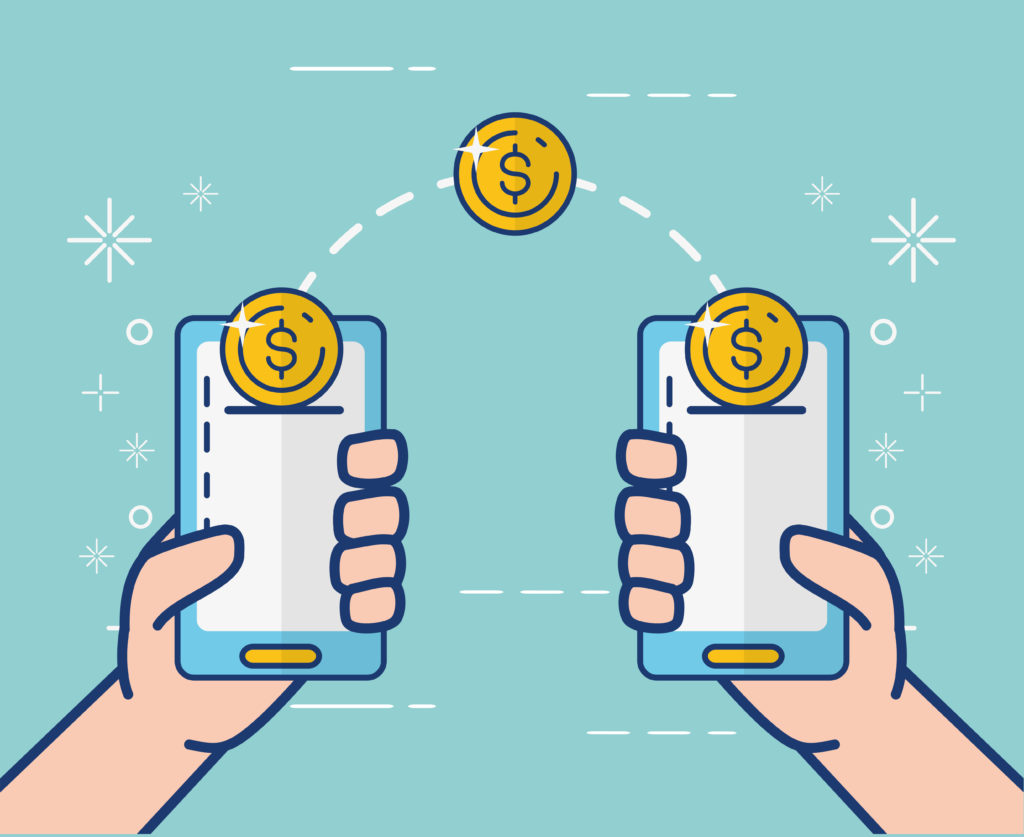Innovations of yesterday and conveniences of today, and building blocks of more innovations for tomorrow. Today, thanks to the popularization, acceptance, and availability of UPI-based peer-to-peer payments, the world has become a near-cashless place. During the panic-ridden demonetization phase, or during the extraordinary lock-down situation during the Covid-19 pandemic, UPI-based products and services were a boon that eased our lives, and eliminated the necessity to venture out. Many technology companies such as Google, and FinTech companies such as Paytm have made UPI as ubiquitous, portable, and widely known among not just the young, but across all demographics, even the elderly, who love the sheer simplicity of it.
UPI, the unified payments interface was launched in 2016, and the idea that one could transfer money straight from a mobile phone to another’s mobile phone that are connected to individual bank accounts, caught fire and spread faster than expected. While traditional banks warmed up to the UPI revolution and brought in their own app conveniences, FinTech companies and neobanks used their creativity to bundle several services through UPI – today, one can apply for an IPO (initial public offering), get a micro loan sanctioned, run their own small business and start accepting payments, split bills among friends, and even convert their rupees into cryptocurrencies via UPI-based coin trading platforms. In March 2021, UPI transactions crossed a stellar Rs 5.05 lakh crore, up 19 percent from the previous month, accelerating like never before.
UPI was made possible thanks to the Indian mandate that all bank accounts be linked to their unique IDs – Aadhaar, and that all Aadhaar and bank accounts are connected to a mobile phone account. Together with the push for what’s called the JAM trinity – Jan Dhan – Aadhaar – Mobile, even the lowest rung of the economic ladder found inclusion. With nearly five years of usage already, and with increasing mobile penetration, and aggressive push from banks, FinTechs and e-commerce companies, UPI has become a tour de force today. As of November 2020, 146 banks have been registered with the UPI authority, as are thousands of businesses and other FinTechs. Names such as PhonePe, Google Pay, Paytm, and Amazon Pay are now becoming verbs rather than nouns, because of UPI!
Inevitably, the number of UPI-based transactions grew faster during the Covid-19 lockdown, when people tried to avoid cash-based transactions as much as possible. The cashless, quick and easy UPI seems super fit to replace nearly all of our cash and coin based transactions, which are inherently burdensome to everyone in the long run, considering the cost of running mints and printing presses, checking for counterfeits, and recycling and replacing old notes. Whether it becomes a totally cashless economy or not, the ‘less cash’ and ‘cashless’ economy is here to stay, and will benefit everyone in the long run.
Today, India is a global leader in digital payments, and has made enviable strides that are being readily copied by many countries. With one of the youngest demographics, cheapest data rates and highly affordable smartphones, the Indian market is primed for an online, cashless economy. Covid-19 crisis is going to drive digital payments by 37 percent to Rs 4,067 crore by FY 2022, says a report by RedSeer Consulting, titled ‘Indian Mobile Payments: 5X growth’.
With over 2 billion worldwide users, the mammoth multi platform messaging app WhatsApp is the world’s biggest messaging app. In 2020, after several hiccups, WhatsApp entered UPI payments too, processing 3.1 lakh UPI transactions in the very first month of its operation, in November 2020. Having received the nod from the National Payments Corporation of India, WhatsApp is likely to become quickly popular even in the overcrowded field of online payment apps, even though it currently lags the top player, PhonePe.
The introduction of UPI is said to have truly democratized the payments economy as anybody who can get their hands on the UPI API can make their own payment app. The long-planned OCEN Sahay app will be looking to have the same impact on the lending and credit economy. (Read our blog on OCEN here).
While the OCEN Sahay is being set up, one wonders why, despite its great potential, the UPI system hasn’t been innovated for use in the lending industry. Imagine being able to use quick sachet loans to pay for your cup of coffee if you don’t have the cash to pay for it immediately. Imagine if shopkeepers could pay their vendors with credit instead of cash using their inbuilt UPI system without having to sign a cheque or having to stand in line at the bank for hours. In 2018-19, UPI transactions worth Rs 8.7 billion were made. If you compare this figure to the Rs 6.03 billion transactions made via credit cards, you will know which side the future is on.
If the UPI system were allowed for transactions above the current limit of Rs 1 lakh, and opened up for credit transactions, UPI could easily be used for a great number of business possibilities, and thereby revolutionize the lending economy. Though the NPCI announced in 2020 March that UPI transactions for stores will be doubled to Rs 2 lakh from the next fiscal year, more details are awaited. The future of FinTech in India is therefore strongly intertwined with pathbreaking innovations such as UPI. As they say, the best is yet to come, and let’s hope for the same!

